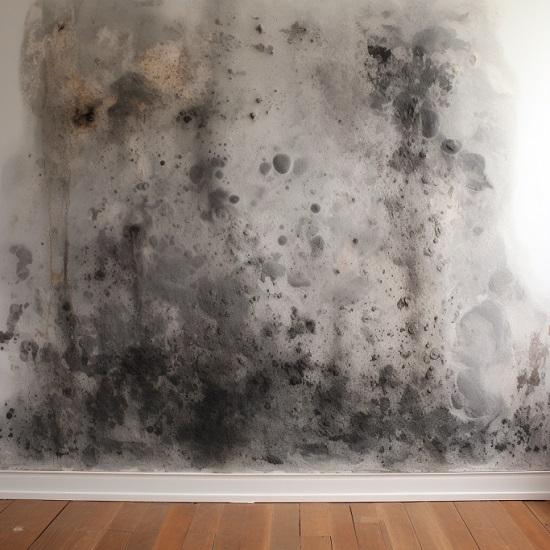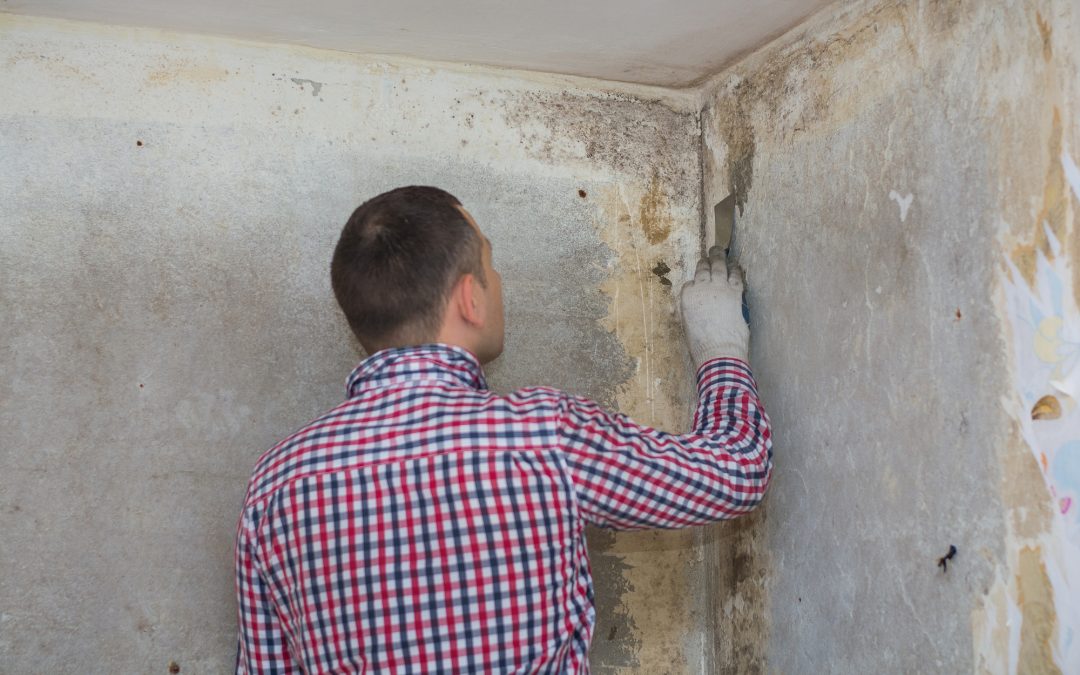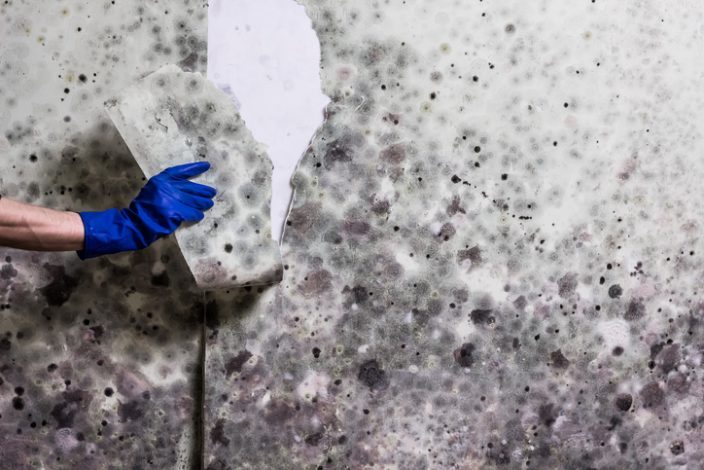Advice on What to Do After Mold Remediation
Advice on What to Do After Mold Remediation
Blog Article
Effective Message Mold Remediation Solutions for Your Home
Mold and mildew growth in homes can be a relentless problem, frequently calling for a methodical approach for efficient post-remediation solutions. From recognizing the elements that add to mold and mildew development to carrying out proper cleansing methods and dampness control procedures, the process can be intricate yet important for keeping a healthy and balanced living setting. Post remediation mold testing near me.
Understanding Mold Growth Aspects
Mold and mildew development is affected by a variety of aspects that are crucial to comprehend in order to properly address and avoid its spreading. Understanding these aspects is important in carrying out effective mold remediation methods. The key variable adding to mold growth is wetness. Mold and mildew spores call for dampness to prosper and sprout, making moist or damp environments highly vulnerable to mold invasions. Poor air flow can likewise cause moisture build-up, developing a perfect breeding place for mold.

Furthermore, air movement and light exposure can affect mold and mildew growth. Locations that lack appropriate ventilation and natural light are extra susceptible to mold and mildew development. By resolving these factors thoroughly, individuals can efficiently minimize mold growth and guard their living environments.
Appropriate Mold And Mildew Cleaning Methods
Utilizing efficient cleansing methods is vital in protecting against the recurrence and attending to of mold and mildew contamination in interior environments. When handling mold, it is critical to prioritize safety by using safety equipment such as handwear covers, safety glasses, and masks. The initial step in correct mold and mildew cleansing is to have the affected area to avoid the spread of spores to uncontaminated areas. This can be achieved by sealing the space and using air scrubbers or negative air devices to preserve air high quality.

Implementing Wetness Control Procedures
To effectively avoid mold development and contamination in interior environments, executing wetness control actions is extremely important. Dampness is the primary factor that fuels mold development, making it vital to take care of moisture degrees within the home. One reliable measure is to use dehumidifiers to maintain indoor humidity levels below 60%. Additionally, guaranteeing proper ventilation in areas prone to moisture buildup, such as bathrooms and kitchens, can help in reducing the threat of mold and mildew development. Consistently evaluating and fixing any kind of leaks in plumbing, roofs, or windows is additionally crucial in protecting against excess dampness build-up. Utilizing exhaust fans while food preparation or bathing, and enabling air flow by discover this keeping furnishings a little away from walls can assist in wetness control. Utilizing moisture-resistant products in high-humidity areas, such as mold-resistant drywall and paints, can be advantageous. By diligently applying these wetness control measures, home owners can successfully decrease the chance of mold and mildew recontamination and maintain a healthy and balanced indoor setting.
Making Use Of All-natural Remediation Solutions
After efficiently implementing dampness control actions to stop mold development click site in interior environments, homeowners can currently check out the effectiveness of all-natural remediation remedies in preserving a healthy living room. Natural remediation options utilize eco friendly methods to deal with mold and mold, making them a prominent selection for those seeking safe options. By incorporating these all-natural remediation options into their cleaning routines, home owners can properly battle mold development while promoting a much healthier indoor atmosphere for themselves and their families.

Preserving a Mold-Free Setting
In order to avoid mold and mildew reappearance and guarantee a continually mold-free environment, it is necessary for homeowners to execute positive upkeep practices. Frequently evaluating locations prone to mold growth, such as shower rooms, kitchen areas, attics, and cellars, is crucial. Dealing with any type of leaks, water damage, or excess wetness immediately can substantially lower the threat of mold and mildew growth. what to do after mold remediation. Correct air flow in areas with high humidity levels is also key to avoid mold and mildew development. Using dehumidifiers or exhaust fans can help maintain optimum dampness degrees and dissuade mold spores from thriving.
Furthermore, keeping tidiness in the home is vital for mold and mildew prevention. Consistently cleaning and cleaning surfaces, carpetings, and upholstery can aid remove mold spores before they have an opportunity to increase and work out. Using mold-resistant products for building and construction materials and home furnishings can even more assist in creating a mold-free atmosphere. Lastly, keeping interior plants in check and guaranteeing appropriate drainage in outside landscape design can minimize wetness accumulation, reducing the probability of mold and mildew infestations. By adhering to these proactive maintenance methods, home owners can effectively support a mold-free living area.
Final Thought
To conclude, it is necessary to address mold and mildew growth variables, use correct cleaning strategies, execute dampness control steps, make use of natural removal services, and keep a mold-free atmosphere in order to properly handle blog post mold removal in your house - Post Remediation verification. By adhering to these strategies, you can avoid mold and mildew from recurring and guarantee a healthy and balanced living setting for you and your family
The main aspect adding to mold growth is wetness. Mold and mildew spores call for moisture to germinate and prosper, making damp or humid settings very susceptible to mold invasions.To successfully protect against mold and mildew growth and contamination in indoor environments, carrying out dampness control actions is extremely important. Additionally, guaranteeing appropriate air flow in areas vulnerable to moisture accumulation, such as restrooms and kitchens, can assist decrease the danger of mold development.After effectively executing dampness control procedures to stop mold and mildew development in interior atmospheres, house owners can now explore the effectiveness of natural removal remedies in keeping mold removal quest control a healthy and balanced living area.
Report this page